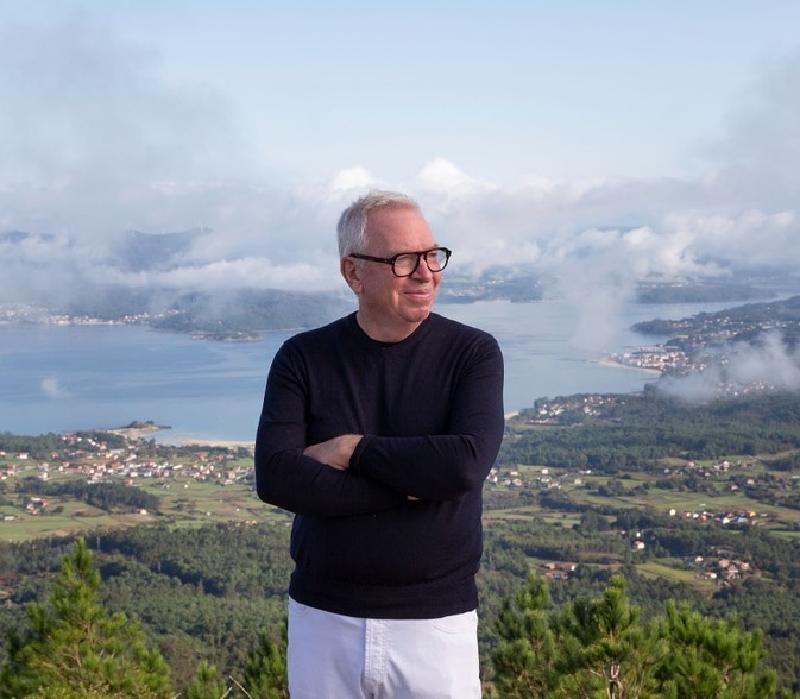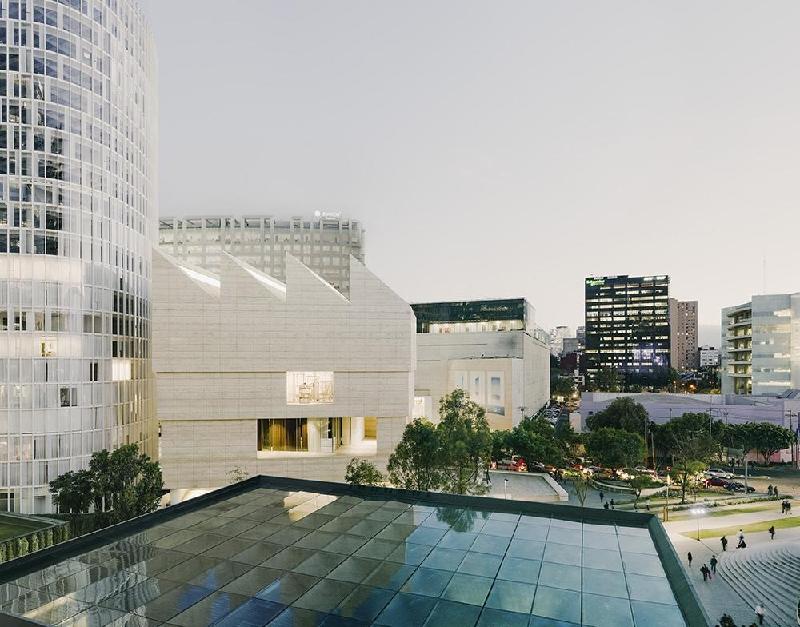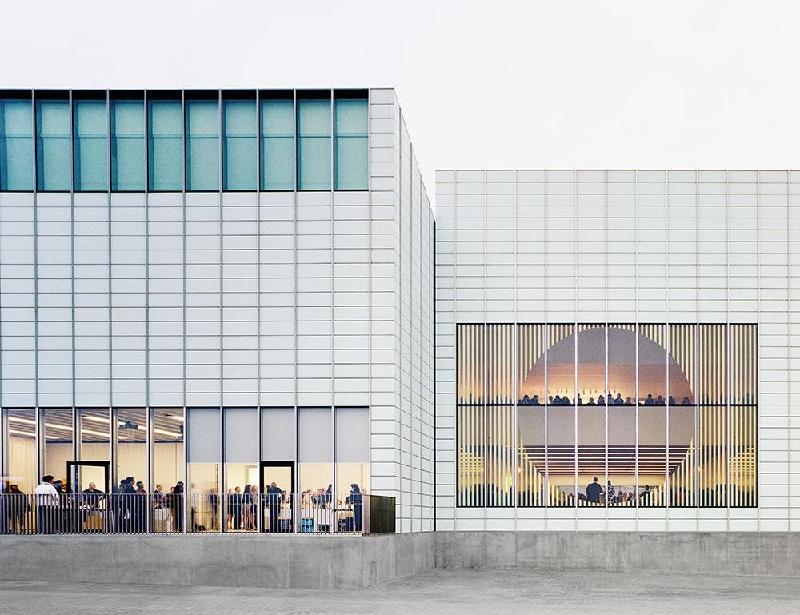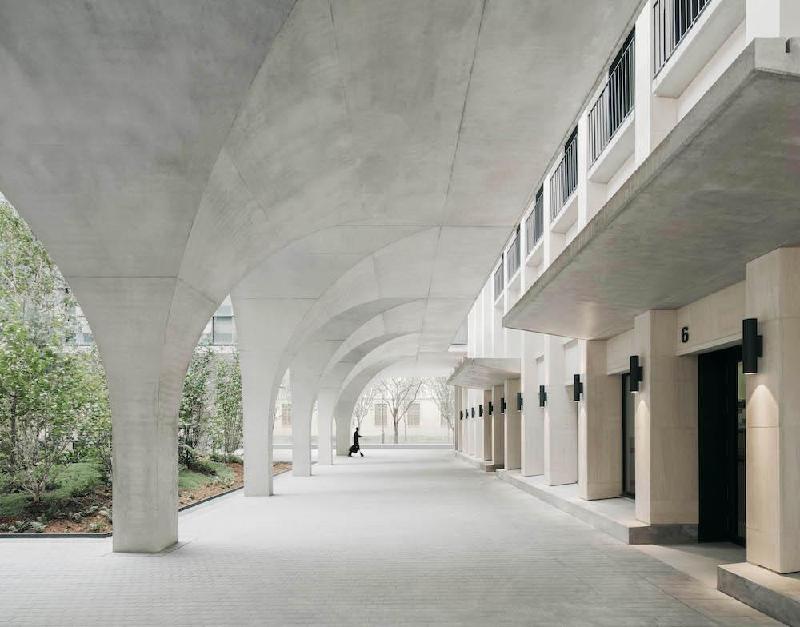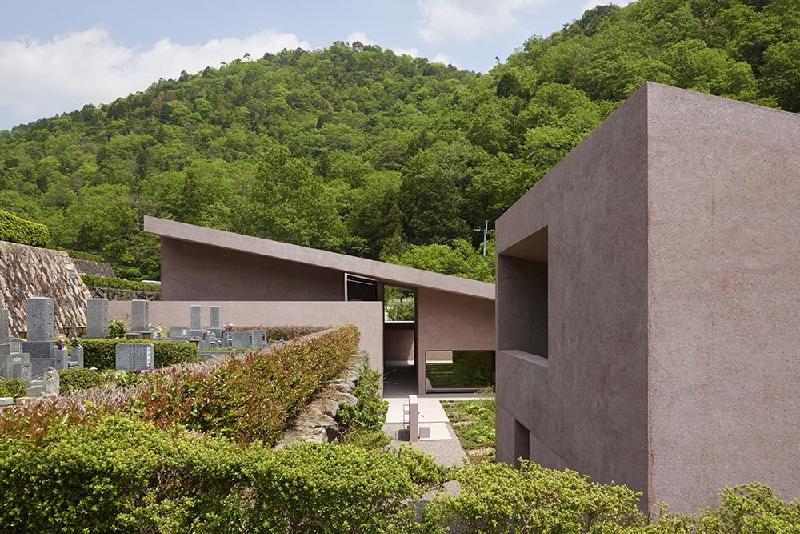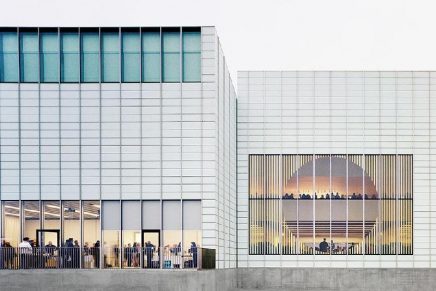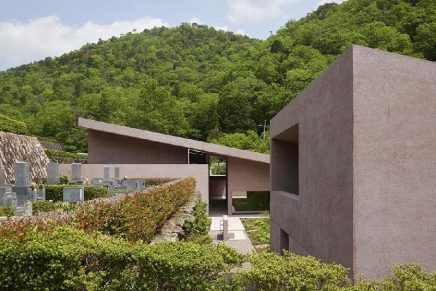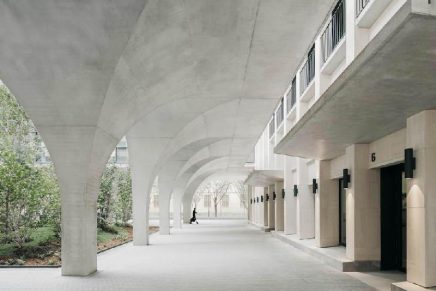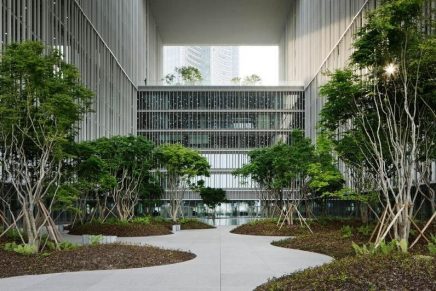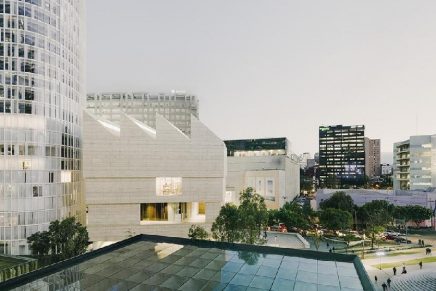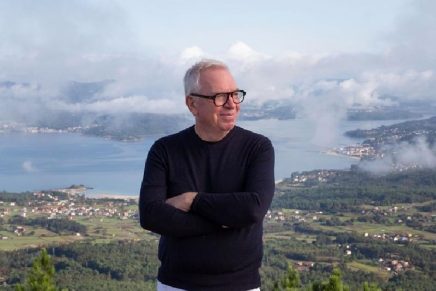Sir David Alan Chipperfield CH Receives the 2023 Pritzker Architecture Prize.
Civic architect, urban planner and activist, Sir David Alan Chipperfield CH has been selected as the 2023 Laureate of The Pritzker Architecture Prize, the award that is regarded internationally as architecture’s highest honor.
Subtle yet powerful, subdued yet elegant, he is a prolific architect who is radical in his restraint, demonstrating his reverence for history and culture while honoring the preexisting built and natural environments, as he reimagines functionality and accessibility of new buildings, renovations and restorations through timeless modern design that confronts climate urgencies, transforms social relationships and reinvigorates cities.
“I am so overwhelmed to receive this extraordinary honour and to be associated with the previous recipients who have all given so much inspiration to the profession,” remarks Chipperfield. “I take this award as an encouragement to continue to direct my attention not only to the substance of architecture and its meaning but also to the contribution that we can make as architects to address the existential challenges of climate change and societal inequality. We know that, as architects, we can have a more prominent and engaged role in creating not only a more beautiful world but a fairer and more sustainable one too. We must rise to this challenge and help inspire the next generation to embrace this responsibility with vision and courage.”
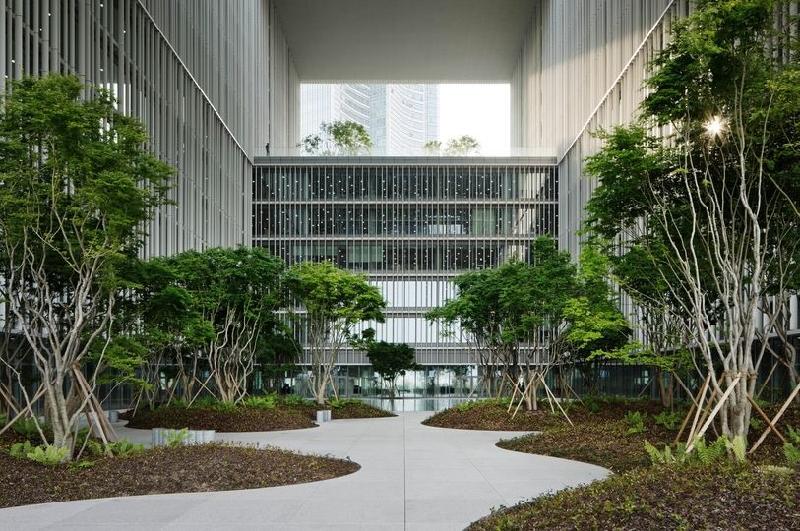
“You can’t fossilize cities, they have to change.” Sir David Chipperfield CH, 2023 Laureate of the Pritzker Architecture Prize in Cities: Records of History. Photo courtesy of Noshe
His built works, spanning over four decades, are expansive in typology and geography, including over one hundred works ranging from civic, cultural and academic buildings to residences and urban masterplanning throughout Asia, Europe and North America.
In renovative works, his precision is imbued with historical acumen, informing his vision to invariably redeem original design and structure rather than supplant it wholly with modern architecture.
The Laureate reflects, “As an architect, I’m in a way the guardian of meaning, memory, and heritage. Cities are historical records, and architecture after a certain moment is a historical record. Cities are dynamic, so they don’t just sit there, they evolve. And in that evolution, we take buildings away and we replace them with others. We choose ourselves, and the concept of only protecting the best is not enough. It’s also a matter of protecting character and qualities that reflect the richness of the evolution of a city.”
Alejandro Aravena, Jury Chair and 2016 Pritzker Prize Laureate, elaborates, “In a world where many architects view a commission as an opportunity to add to their own portfolio, he responds to each project with specific tools that he has selected with preciseness and great care. Sometimes it requires a gesture that is strong and monumental, while other times, it requires him to almost disappear. But his buildings will always stand the test of time because the ultimate goal of his operation is to serve the greater good. The avoidance of what’s fashionable has allowed him to remain permanent.”
His restoration and reinvention of the Procuratie Vecchie (Venice, Italy, 2022), which dates back to the 16th century, redefined the civic ability of this building within the heart of the city to allow general access for the first time. He elevates partnership through his processes, upholding his belief that architecture and craft are intertwined.
Every work becomes a civic undertaking serving society, such as the America’s Cup Building ‘Veles e Vents’ (Valencia, Spain, 2006), intended primarily as a temporary hospitality venue for offshore teams and sponsors. Exterior space exceeds interior and the cantilevered viewing decks are miradors, generous in size, some spanning 15 meters in width around the perimeter of each overlapping level. Chipperfield infuses a program for the public, through first-floor retail spaces and an accessible deck that offers unrestricted views of the canal and city below. A ramp from this level creates a direct pathway to a park just north of the site. His restoration and addition of Morland Mixité Capitale (Paris, France, 2022) revitalizes the neighborhood with affordable and luxury housing, retail and restaurant venues, a hotel and youth hostel, an installation space and an urban rooftop garden. By raising the new volumes on vaulted load-bearing arcades which continue along at the base of the original building, the architect creates a space to gather, inviting those to pass by or pass through the new visual and physical passageway to the Seine River from the Boulevard Morland.
“We do not see an instantly recognizable David Chipperfield building in different cities, but different David Chipperfield buildings designed specifically for each circumstance. Each asserts its presence even as his buildings create new connections with the neighbourhood,” continues the 2023 Citation. “His architectural language balances consistency with the fundamental design principles and flexibility towards the local cultures…The work of David Chipperfield unifies European classicism, the complex nature of Britain, and even the delicateness of Japan. It is the fruition of cultural diversity.”
Significant works also include the River and Rowing Museum (Henley-on-Thames, United Kingdom, 1997), BBC Scotland headquarters (Glasgow, United Kingdom, 2007), Turner Contemporary (Margate, United Kingdom, 2011), Campus Saint Louis Art Museum (Missouri, United States of America, 2013), Campus Joachimstraße (Berlin, Germany, 2013), Museo Jumex (Mexico City, Mexico, 2013), One Pancras Square (London, United Kingdom, 2013), Royal Academy of Arts masterplan (London, United Kingdom, 2018), Hoxton Press (London, United Kingdom, 2018) and Kunsthaus Zürich (Zurich, Switzerland, 2020).
Chipperfield is the 52nd Laureate of the Pritzker Architecture Prize. He resides in London and leads additional offices in Berlin, Milan, Shanghai and Santiago de Compostela. The 2023 Pritzker Prize ceremony will be held in Athens, Greece this May.

